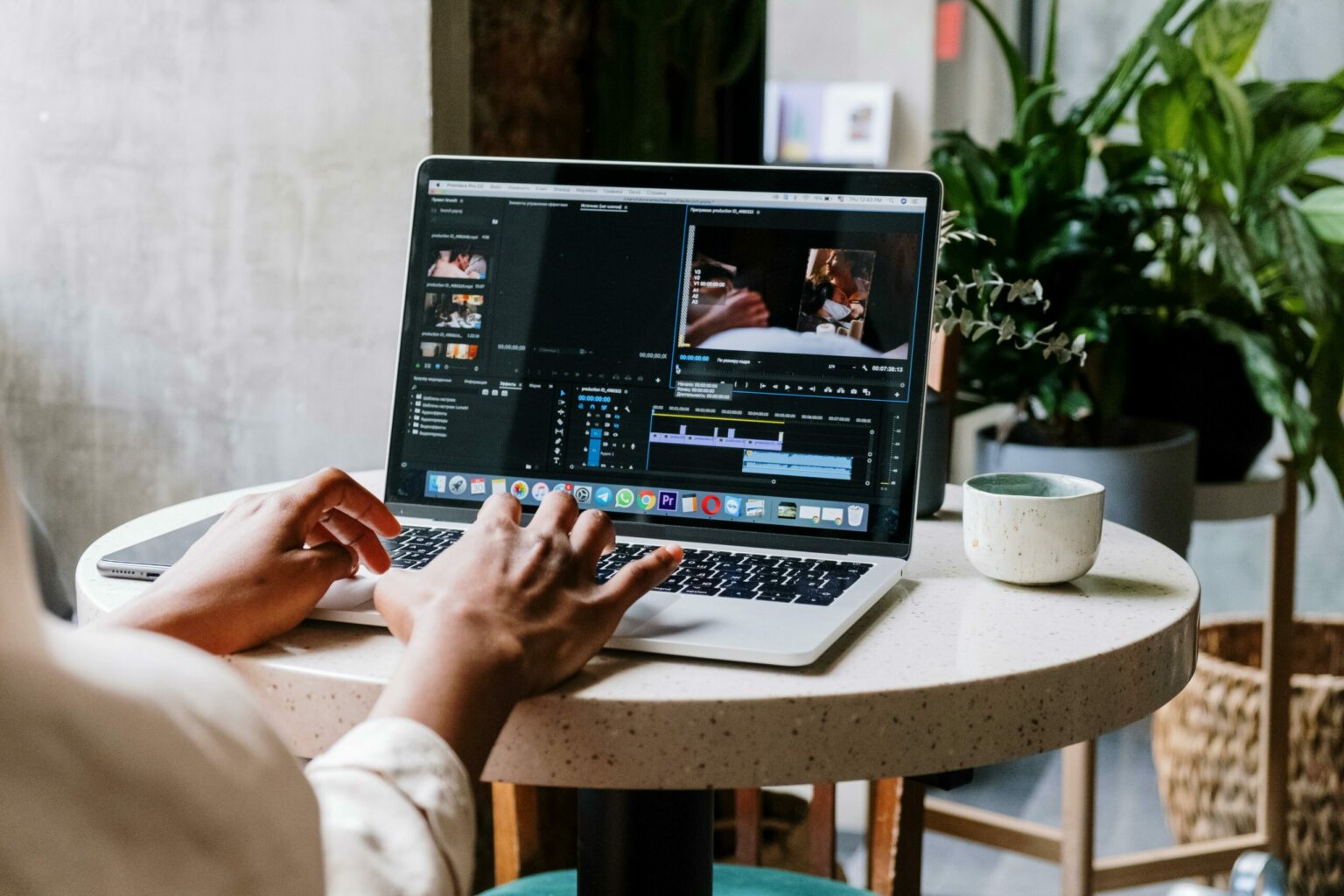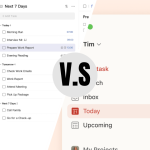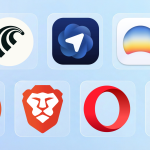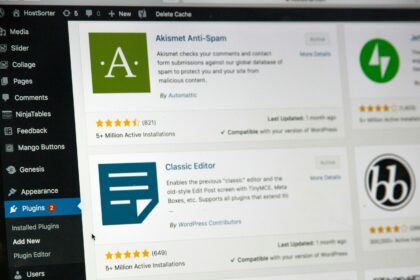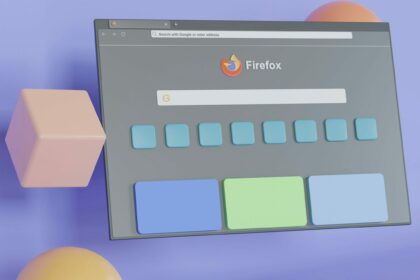It comes a day when you had enough. Having to deal with all the issues and errors I was getting using Adobe Premiere Pro and After Effects, both video editing programs have given me no choice but to look for alternatives.
It all started back in the good old days when Microsoft was still supporting the Windows Movie Maker. Family videos with pictures changing while music was playing in the background was my thing, and I even had made some editing for my friends too. Then Sony Vegas Pro came into my life, changing the way I was editing my videos, I could create intros, effects, and so much more. Getting more and more into video editing I finally started using Adobe’s Premiere Pro and After Effects, a combination to complete any project that I wanted to.
Those were – and still are – the most popular programs for video editing in the world. But being popular doesn’t mean you’re perfect, and Adobe’s Suite of apps have a long way to go if they truly want to solve all of the issues.
Adobe Premiere Pro and After Effects are full of constant bugs and problems
There, I’ve said it (although I am not the only content creator to do that). If you ever used any of those two programs to edit your videos, then you probably have an idea of what I am about to say next; Both Premiere Pro and After Effects are constantly lagging, showing new errors, and for no reason at all, some of their functions are suddenly stop working.
For example, there were many times that I couldn’t export my videos, with Premiere Pro giving me an error. Thankfully, it was a matter of minutes to find a solution on their forum. The next day the window which gives you a preview of your videos was only showing a black screen. I fixed that too, and just a few days later, I was unable to use the Text tool to add text to my videos. I had to reinstall the Premiere Pro to fix the problem, after spending a couple of hours searching for solutions.
The biggest problem though was the constant lagging, with both programs automatically closing on a gaming PC that has all the power those programs need to work with simple video editing. While they do automatically keep saving your work, I’ve lost lots of minutes of my work that needed re-editing.
What made me finally take the decision to quit using those two apps was the day I was trying for 40 minutes to export a simple video that I had made for some clients, and I was unable to because the Adobe Media Encoder wasn’t properly working – for no reason at all, while it was working fine the day before. After I finally fixed the issue and tried to export my videos again, the program automatically closed. When I tried to open it, there it was, another error saying something about the cache and my folders in the C:\ drive not being writable. What?
The problem with Adobe’s high-pricing
The pricing of using those programs didn’t quite help with the situation I was in. If you’re going to pay so much every month, you expect to get something stable that works smoothly, not spending most of your time trying to find solutions. And that’s not even half of it, because if you get the subscription, you’ll have to use it at least 12 months before cancelling it, or else you’ll have to pay.
Their pricing is not cheap, apart from the whole year which you can get for €37,19 per month, after that, it’s going to cost you around €69,24 per month, while additional fees may apply. That’s way too much money for an individual who just started out, and for businesses, the pricing is even higher.
Then you’ll have to invest at least a few days learning where all the options and features are, and for many it takes months until they’re comfortable working with both of these two programs. And if you’re looking at editing your sound, you’ll probably need to invest in Adobe’s Audition too, which means better go and get the whole package.
Note: Please keep in mind that the pricing may change, and the company may promote new and better offers to get those programs for an even lower price. This is also the pricing I get in Greece.
DaVinci Resolve: The best alternative around
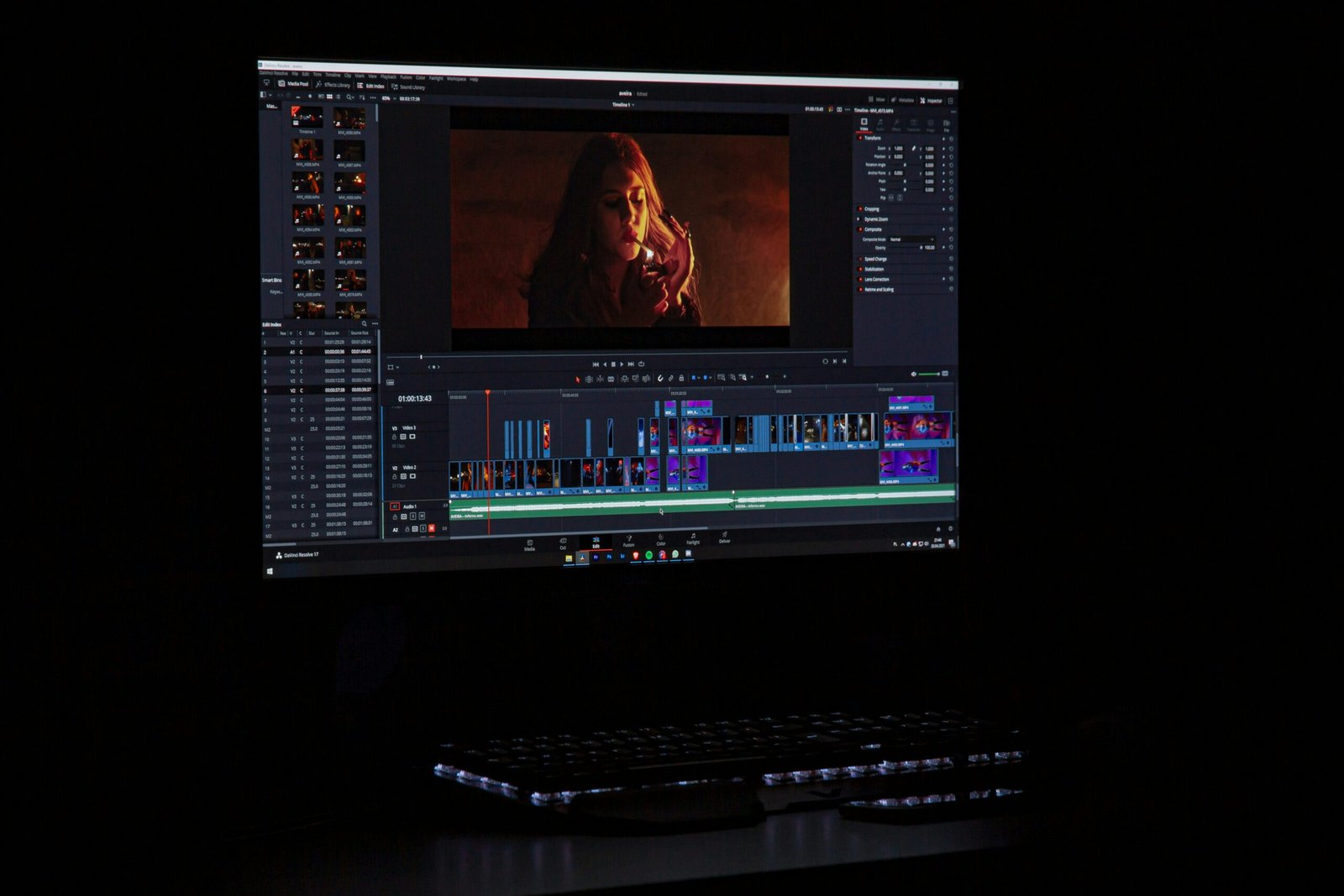
Like many other content creators, I didn’t want to go through all that hassle of finding and learning how to use alternative programs. With so many things to do, sometimes you just don’t have the time to start something new, and it’s understandable, but I had to. It didn’t take too much time though, as I quickly found DaVinci Resolve, which left me amazed by its advanced free version.
What an interface, what a way to organize, edit, and export your videos, what a smooth software, and what an amazing experience I had with DaVinci Resolve! There’s nothing negative to say about this video editing program, and it changed the way I was working all of those years. I never knew there were things that were taking so much time when I was using Premiere Pro or After Effects that DaVinci Resolve couldn’t do in an easier and friendlier way.
The first week was a pleasure of learning and editing my videos using DaVinci Resolve, and there are hundreds of tutorials on YouTube to help you get started. It’s free, easy to use, has robust features, and a well-structured interface, and unlike Adobe’s suite of apps, you can do everything from the same program without the need to keep opening and closing different apps that do different things.
For example, with Adobe, I had to edit some of my scenes with Premiere Pro, add some effects or create an intro using After Effects, and then I had to export my audio to Audition, edit it, put it back on my videos and finally export the thing. With DaVinci Resolve, I can do all of those things on a single interface, without the need for another editing tool and without having a chaotic interface with big menus and a lagging experience.
Conclusion: Should you use Adobe Premiere Pro and After Effects?
If you’re currently happy with how these two programs work, then I find no reason to transition to another editing software – that means you also have no problem paying that much every month. All of the applications that you’ll find in Adobe’s Suite of Apps are professional and well-advanced tools that have every feature and option that you’ll need to edit your videos, sounds, and more.
But if you’re experiencing the same issues as I did, then looking for alternatives is a great way to end your frustration, and believe me when I say, DaVinci Resolve is not just a great option, but a pretty easy way to get started with a robust editing software that’s not that hard to use.
What video editing software are you using to edit your videos, and have you ever used Adobe’s Premiere Pro and After Effects? Let me know in the comments below about your experience, thoughts, recommendations, and what you liked and hated the most.



